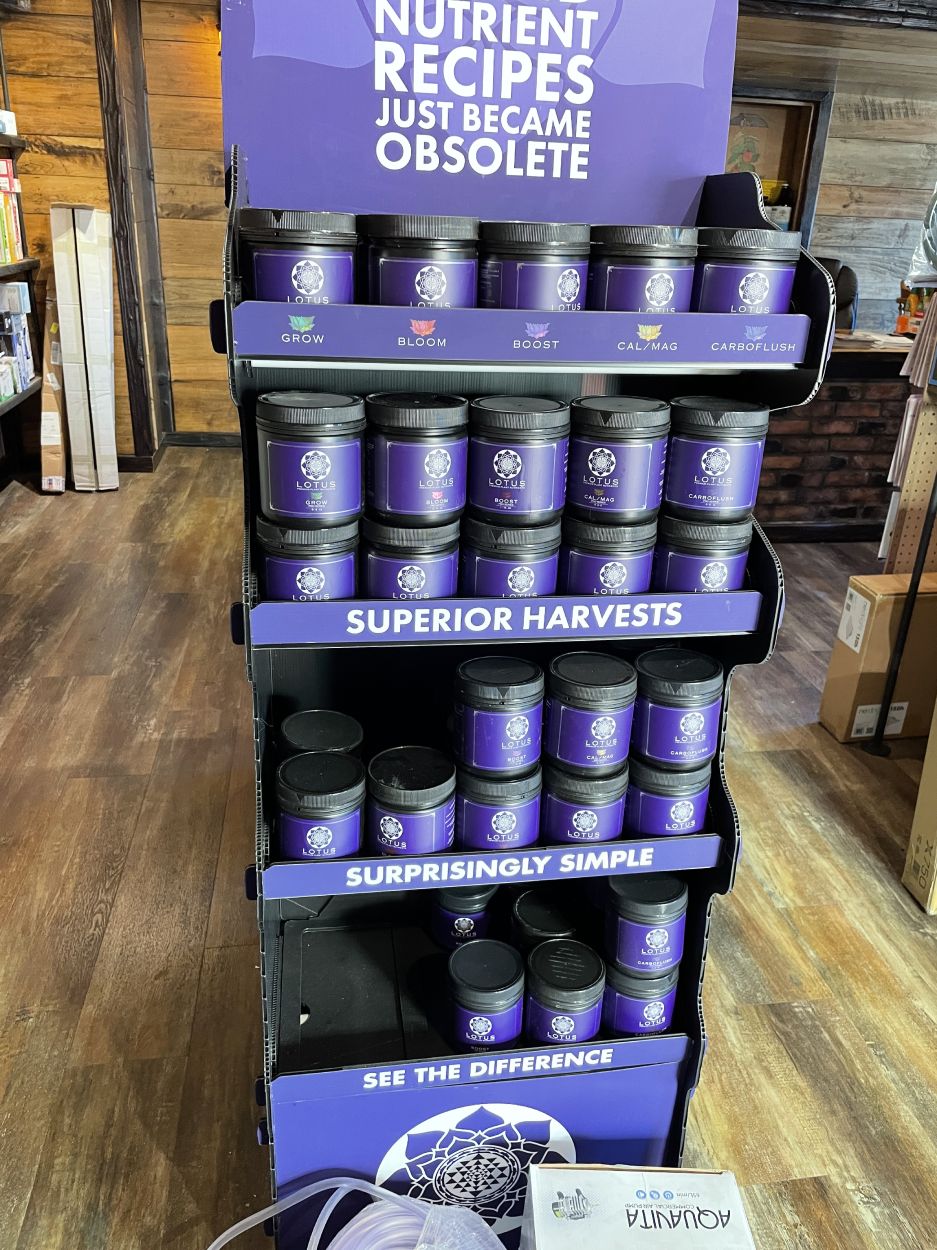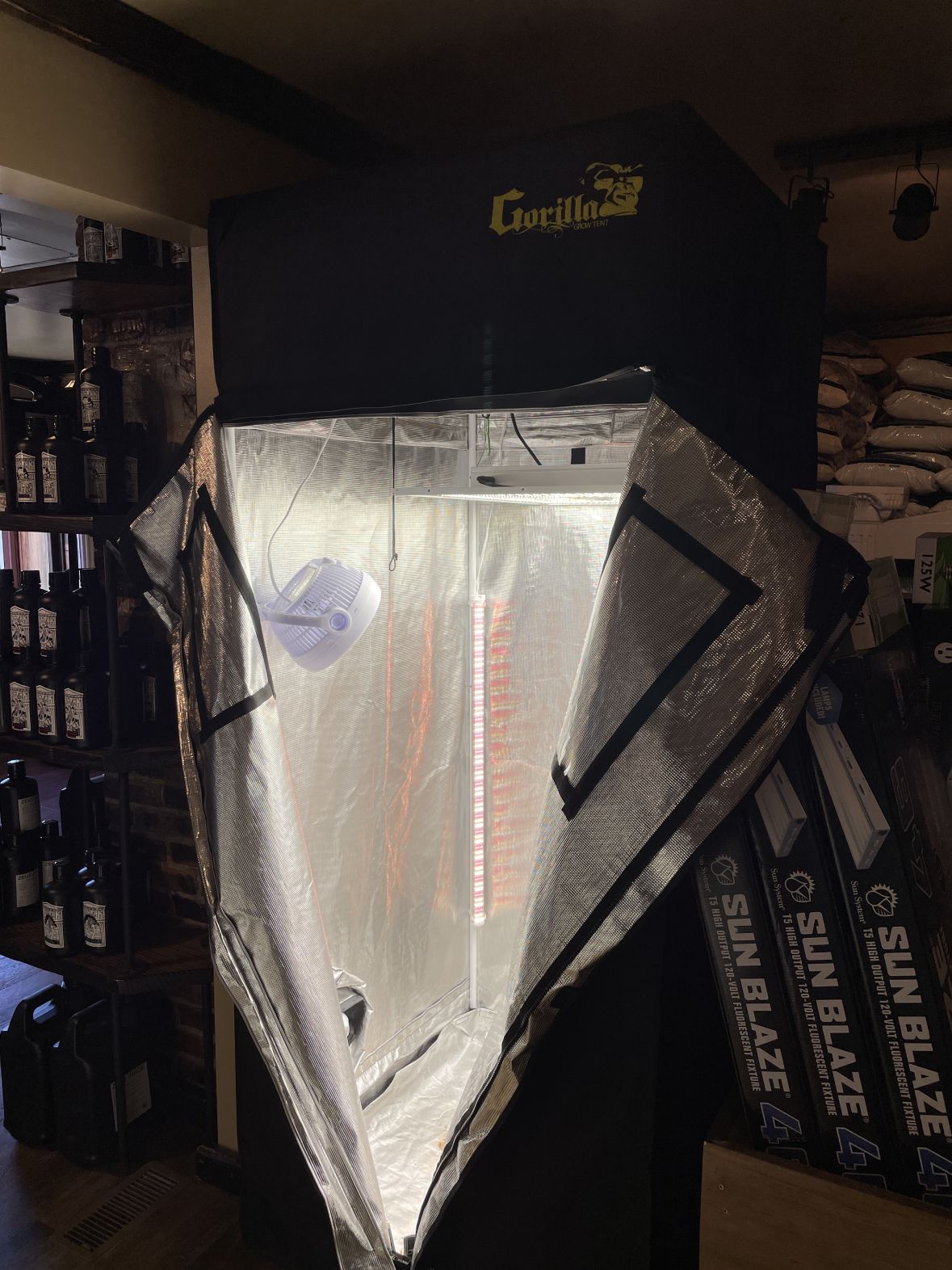The Indoor Earthworm: An Intriguing Research of Nature Indoors
The Indoor Earthworm: An Intriguing Research of Nature Indoors
Blog Article
The Ultimate Guide to Hydroponic Equipments and Techniques
On the planet of modern agriculture, hydroponic systems have emerged as a revolutionary technique for growing plants without dirt. The careful equilibrium of water, nutrients, and light in hydroponic arrangements supplies an encouraging alternative to typical farming practices. As we reveal the details of hydroponics in this comprehensive overview, we will certainly navigate with the various kinds of systems, explore the vital nutrients crucial for plant growth, and look into sophisticated strategies that can considerably enhance yields. Yet what takes place when usual issues develop in hydroponic systems? Keep tuned to untangle the troubleshooting methods that can make or damage a successful harvest.
Benefits of Hydroponic Equipments
Hydroponic systems provide a wide range of advantages, including reliable source use and specific nutrient shipment to plants. By providing a regulated setting for plant growth, hydroponic systems enable optimal water and nutrient usage, causing greater yields compared to standard soil-based cultivation. This effectiveness not just preserves sources however additionally lowers waste, making hydroponic systems environmentally pleasant.
Additionally, the precise delivery of nutrients in hydroponic systems permits for modification based on the particular demands of each plant variety. This targeted approach makes sure that plants get the best balance of vital nutrients, promoting healthier growth and reducing the threat of nutrient shortages or imbalances. In addition, the capability to monitor and change nutrient levels in real-time maximizes plant productivity and overall crop high quality.
Furthermore, hydroponic systems get rid of the requirement for herbicides and chemicals, as the closed-loop system decreases the danger of insects and illness that are typically discovered in soil-based farming - The Indoor Earthworm. This not only profits the plants and the setting however additionally contributes to generating cleaner, healthier crops for intake
Types of Hydroponic Setups

Nutrient Film Technique (NFT) makes use of a superficial stream of nutrient remedy moving over the plant roots, providing a consistent supply of nutrients. Leak systems involve trickling a nutrient remedy onto the plant roots, providing accurate control over feeding.
Each kind of hydroponic setup has its benefits and is fit to various plant ranges and growth phases. Recognizing the distinctive attributes of these systems can assist hydroponic farmers select the most ideal setup for their specific demands and preferences.
Vital Nutrients for Hydroponics
In hydroponic systems, plants count on a specific balance of important nutrients to thrive and expand efficiently. These necessary nutrients are essential for numerous plant functions such as photosynthesis, origin development, and total growth. The main macronutrients called for by plants in hydroponic systems are nitrogen, potassium, and phosphorus. Nitrogen is crucial for leafed environment-friendly growth, phosphorus help in origin development and flower/fruit production, while potassium aids in overall plant health and wellness and disease resistance.
In enhancement to macronutrients, plants also require secondary nutrients like sulfur, calcium, and magnesium, in addition to trace elements such as iron, copper, zinc, and manganese (The Indoor Earthworm). These nutrients are important for guaranteeing that plants have all the needed structure obstructs to accomplish essential biological processes

Advanced Strategies for Maximum Return
To accomplish ideal yields in hydroponic systems, cultivators can implement advanced techniques that boost plant development and performance. One such method is the use of extra illumination. By giving fabricated lights such as LED or high-pressure salt lights, cultivators can prolong the number of light hours plants get daily, promoting faster development and increased returns. An additional advanced technique is the implementation of CO2 supplements. Raising the levels of carbon dioxide in the growing environment can stimulate photosynthesis and increase plant growth substantially. Additionally, employing strategies like plant training and pruning can aid maximize light distribution and air movement, ensuring that all components of the plant obtain adequate light and nutrients. In addition, using automated systems for nutrient delivery and surveillance can aid maintain optimum nutrient levels, reducing the danger of shortages or inequalities that can hinder plant development. By incorporating these innovative methods into their why not check here hydroponic systems, growers can make best use of returns and achieve plentiful harvests.
Troubleshooting Common Hydroponic Issues
When confronted with obstacles in hydroponic systems, growers frequently encounter typical concerns that can impede plant development and performance. One prevalent issue is nutrient deficiencies, where plants do not have important aspects for healthy and balanced growth. To combat this, routine surveillance of nutrient levels and changing the nutrient option accordingly is important. One more common issue is pH discrepancy, which can bring about nutrient lockout and bad absorption. Preserving the proper pH variety details to the plant being grown is crucial for optimum nutrient uptake. Additionally, inadequate oxygen levels in the root area can result in root rot and stunted growth. Making certain correct aeration and oxygenation of the nutrient solution can help stop this problem. Pest infestations, such as aphids or spider mites, can also afflict hydroponic systems. Carrying out integrated bug monitoring methods and routinely examining plants can these details assist manage and avoid invasions. By immediately determining and addressing these common hydroponic issues, cultivators can maintain healthy plants and make the most of yields in their hydroponic systems.
Final Thought
To conclude, hydroponic systems use various advantages for growing plants efficiently. By using various kinds of setups and supplying necessary nutrients, cultivators can accomplish optimal yield via advanced methods. It is essential to troubleshoot usual concerns that may arise in order to keep an effective hydroponic procedure. With careful planning and attention to information, hydroponic systems can revolutionize the way plants are grown, resulting in more lasting and productive farming practices.
By giving a regulated setting for plant growth, hydroponic systems allow ideal water and nutrient use, leading to greater yields contrasted to traditional soil-based growing. The Indoor Earthworm. Nutrient Film Strategy (NFT) makes use of a shallow stream of nutrient solution flowing over the plant origins, supplying a constant supply of nutrients. Tracking and adjusting nutrient degrees based on plant development phases is vital to stopping vitamins and he has a good point mineral deficiencies or poisonings and maximizing plant performance in hydroponic systems
In addition, utilizing strategies like plant training and pruning can help enhance light distribution and air movement, guaranteeing that all components of the plant obtain adequate light and nutrients. Using automated systems for nutrient delivery and monitoring can assist maintain optimal nutrient levels, reducing the danger of deficiencies or imbalances that can impede plant development.
Report this page